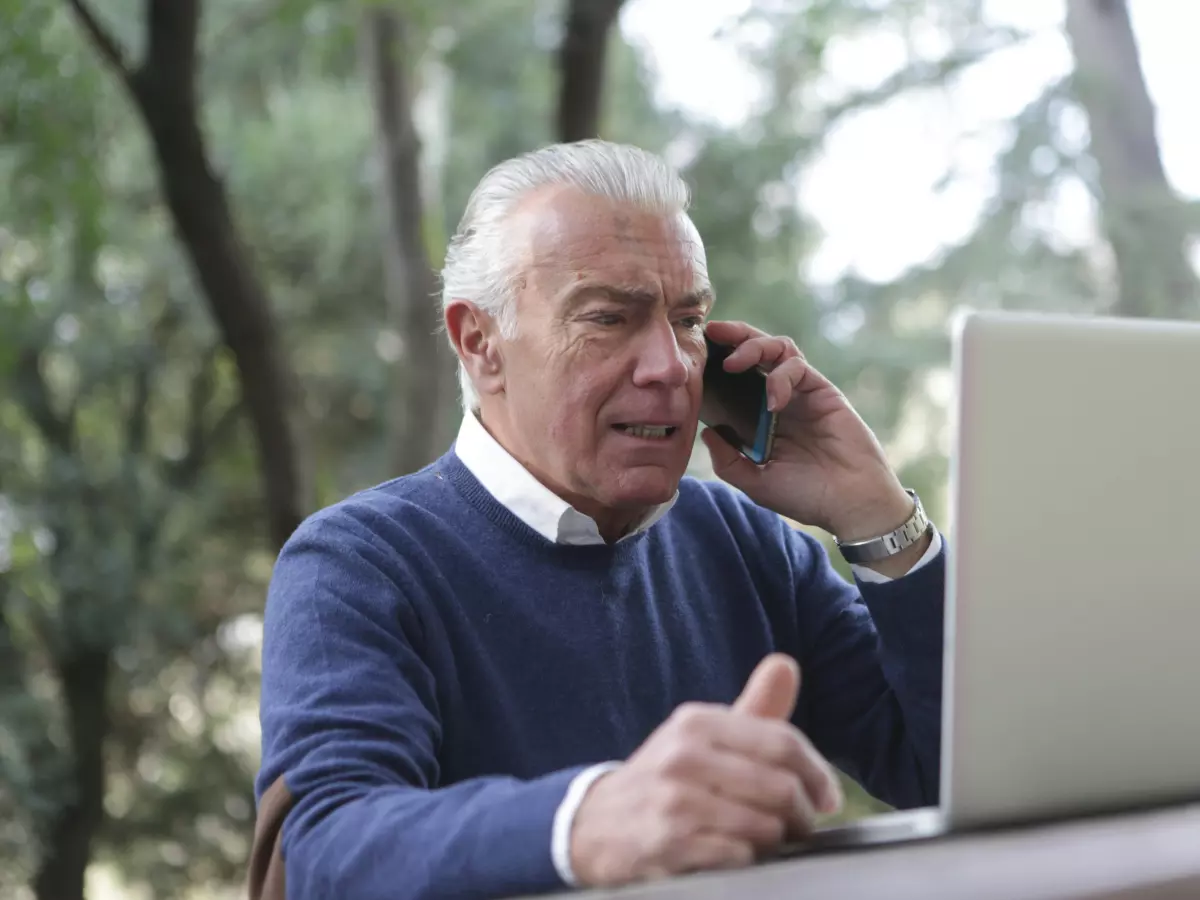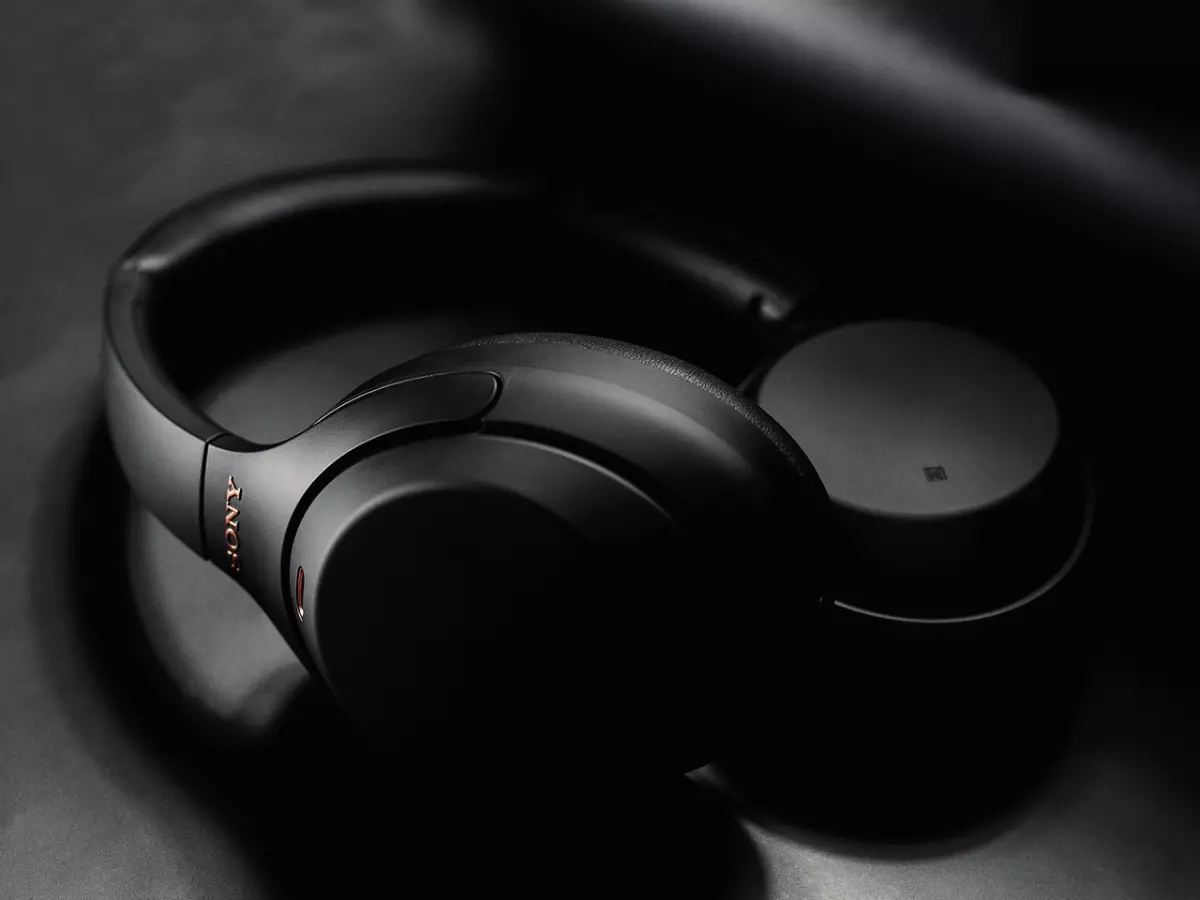Energy Revolution
What if the future of energy storage was nuclear-powered and tiny? Well, it might just be! A team of physicists and engineers in China has developed a battery that could change everything.

By Hiroshi Tanaka
Imagine a battery that’s not only nuclear-powered but also 8,000 times more efficient than anything we’ve seen before. That’s exactly what researchers from several institutions in China have achieved, according to a recent paper published in the journal Nature. This breakthrough could potentially revolutionize how we think about energy storage, especially for devices that require long-lasting power.
Now, I know what you're thinking: nuclear-powered batteries? Isn’t that a bit... dangerous? Well, not exactly. These batteries are designed to be incredibly small and safe, using a type of nuclear decay that doesn’t involve the kind of catastrophic risks you might associate with nuclear reactors. Instead, they harness the energy released from radioactive isotopes in a controlled and steady manner.
So, why is this important? Let’s break it down. Traditional batteries, like the ones in your smartphone or laptop, degrade over time. They need to be recharged frequently, and eventually, they wear out. But nuclear-powered batteries? They can last for decades without needing a recharge. That’s right—decades! This makes them perfect for devices that are hard to access, like pacemakers, satellites, or even deep-sea sensors.
But here’s the kicker: this new nuclear battery is not just long-lasting; it’s also incredibly efficient. According to the researchers, it’s up to 8,000 times more efficient than its predecessors. That’s a mind-blowing leap in technology. To put it in perspective, imagine your phone lasting not just for a day or two on a single charge, but for years. Yeah, it’s that big of a deal.
Now, before you start dreaming of never charging your phone again, there are still some hurdles to overcome. For one, these batteries are still in the experimental phase. While the technology is promising, it’s not quite ready for mass production just yet. There’s also the issue of cost—nuclear materials aren’t exactly cheap, and scaling this tech for everyday use could be a challenge.
But the potential is undeniable. In a world where energy efficiency and sustainability are becoming increasingly important, a tiny, nuclear-powered battery could be a game-changer. Imagine the possibilities: medical devices that never need a battery replacement, space missions powered by long-lasting energy sources, or even consumer electronics that could run for years without a recharge.
Of course, with any new technology, there are always concerns. Some people might be wary of the idea of nuclear-powered anything, even if it’s safe. There’s also the question of how to dispose of these batteries once they’ve outlived their usefulness. But the researchers are confident that these issues can be addressed with further development and regulation.
So, what’s next for this tiny nuclear powerhouse? The research team is continuing to refine the technology, and we could see practical applications within the next decade. While it might not be powering your smartphone anytime soon, it’s likely that we’ll see these batteries in specialized fields like medicine, aerospace, and environmental monitoring much sooner.
In conclusion, this tiny nuclear-powered battery is a massive leap forward in energy storage technology. It’s efficient, long-lasting, and could have a wide range of applications. While there are still challenges to overcome, the future looks bright for this groundbreaking innovation. Who knows? In a few years, we might all be carrying a little bit of nuclear power in our pockets.
For more details, check out the original article on TechXplore.





